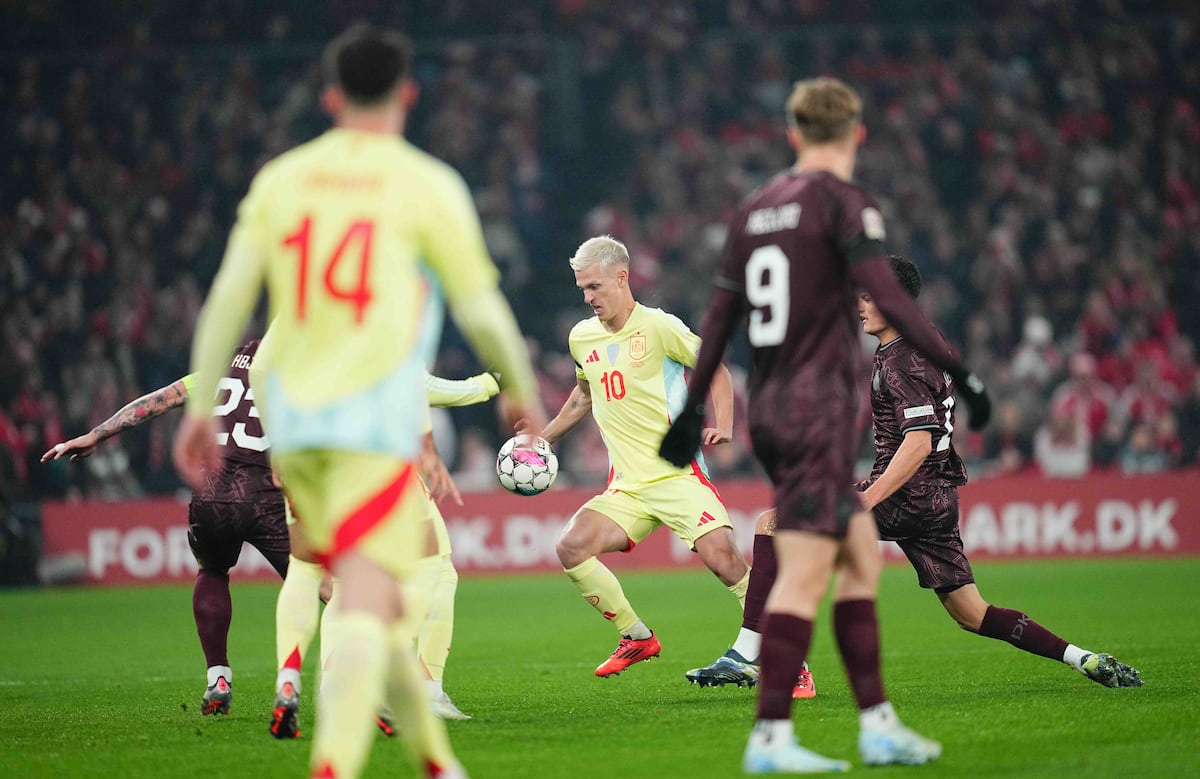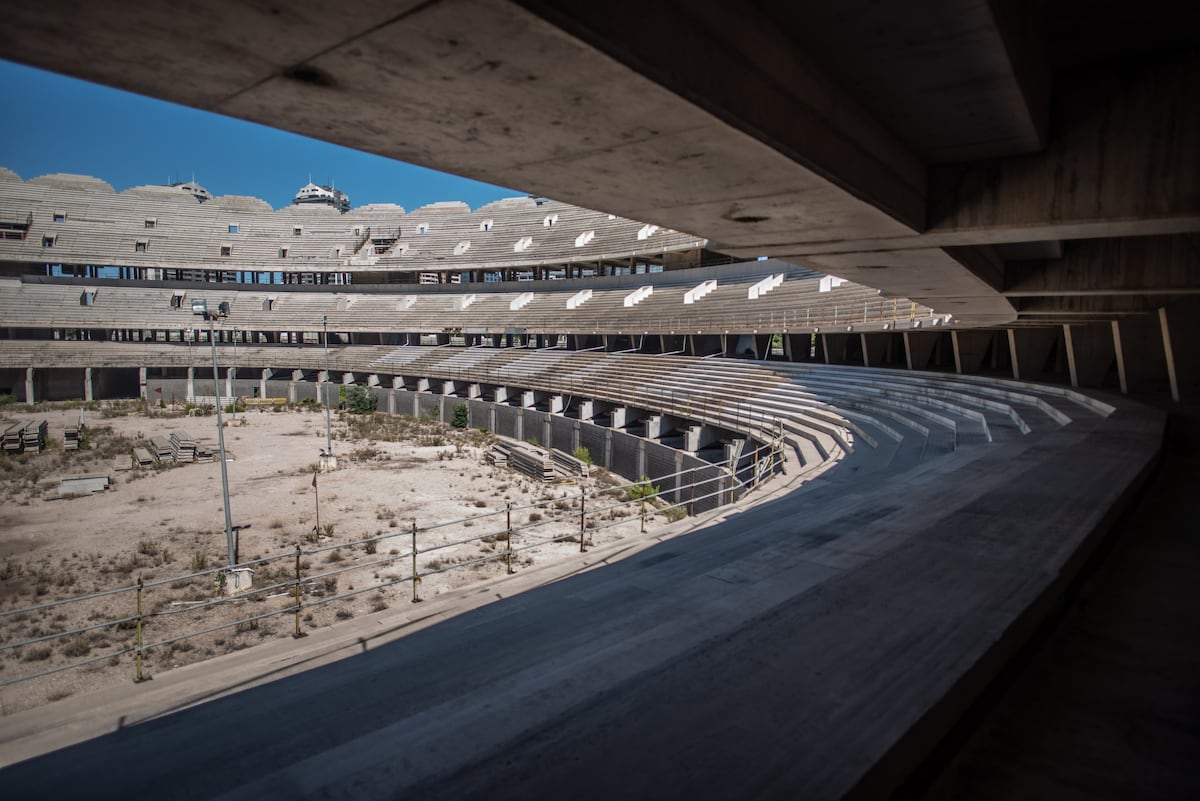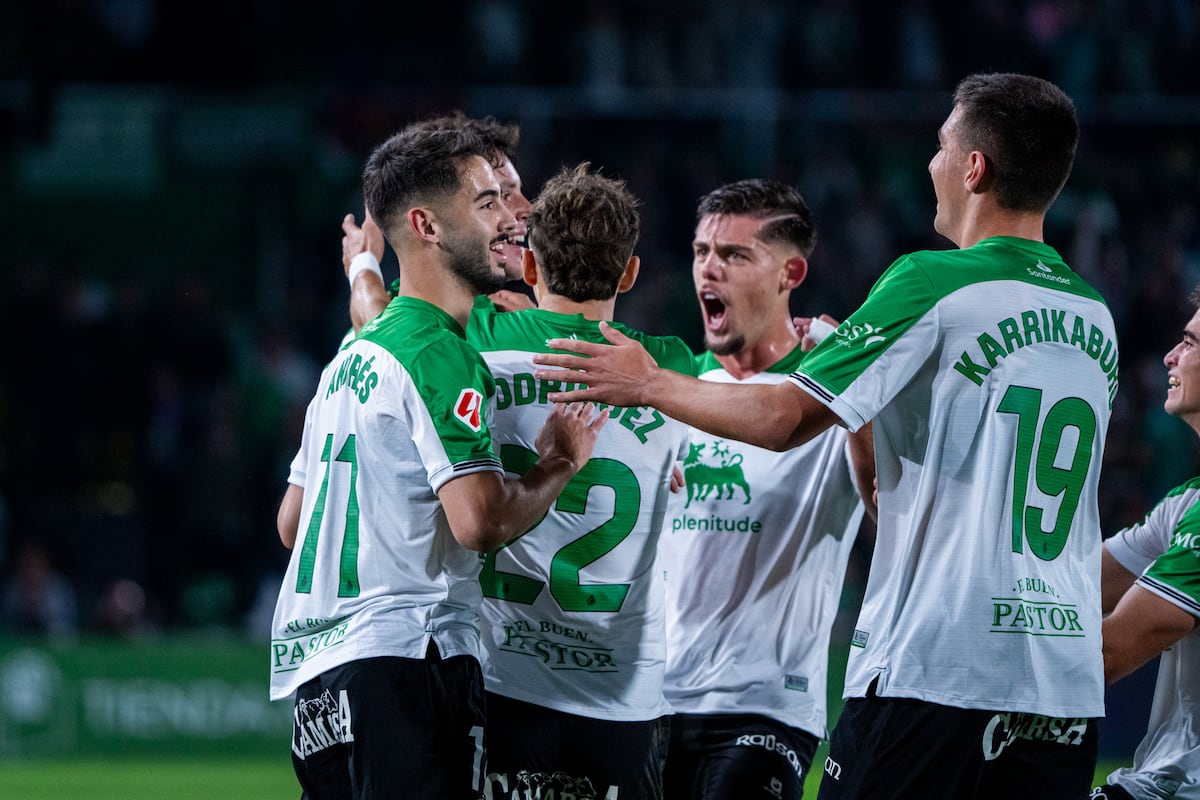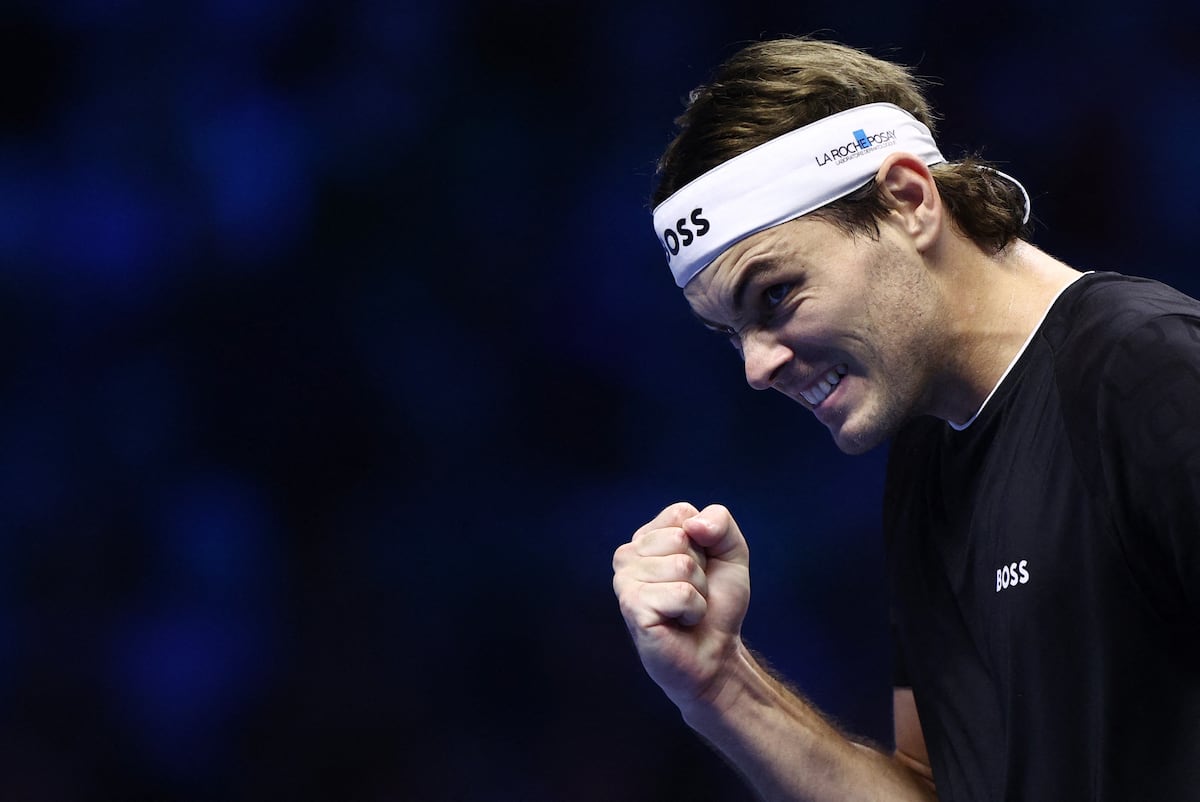When Dani Olmo debuted with the senior Spanish team on November 15, 2019 in Cádiz, against Malta, he came on for Álvaro Morata, who hugged him on the sideline, lifted him off the ground, turned him around and placed him on the field. Five years later, on November 15, 2024, Olmo went to the bench in the change window in which Morata entered. Ten minutes earlier he had given Ayoze the assist to make it 0-2, after a match in which Spain had orbited around him. The crossing with Morata was circumstantial, because the forward was recovering from a blow to the head last week, but it illustrates Olmo’s path to the center of the La Roja constellation in the last five years.
The career of the now Barça player has developed somewhat on the margins since in 2014, at the age of 16, he decided to leave La Masia for what seemed an improbable detour that began at Dinamo Zagreb, in Croatia, and continued five years later. at RB Leipzig, in Germany, where he had just arrived when Luis Enrique recruited him for the first time. Although his definitive leap occurred this summer at the European Championship in Germany, where he started as a substitute for Pedri and ended up as one of the most decisive players in the tournament, with two assists and three goals, equal with the best scorers.
Despite also starting there on the outskirts, he had no doubts: “I already knew it,” he said on Thursday, the day before he turned five years with the national team, about his weight in the game. “Maybe there are some who are surprised, or who know me now that I am playing more in Spain, but I knew what I could give both to Barça and to the national team.”
During the Euro Cup, Pedri’s injury, who started ahead of him, gave him more minutes than Luis de la Fuente’s plans announced. The coach’s 4-2-3-1 formation contemplated him as a playmaker behind Morata, the place where he preferred Pedri. Although at Leipzig he often played closer to the right wing, his trip to the center, to the hot zone of the ten, is what has allowed him to unleash greater offensive power. He has dribbling, vision for the filtered pass and accurate shooting, the triple threat that seduces scouts who scrutinize the market looking for attackers. All of this made him the center of the team in Friday’s match against Denmark, where he started ahead of Pedri, who came on in the 80th minute.
At Barça, Flick does make them coincide: he pairs Pedri in the double pivot with Casadó and reserves Olmo as the playmaker behind Lewandowski. There he is proving to be more lethal than ever: in the League he has five goals from 17 shots, seven of them on goal, according to fbref.com records. And yet, once again, circumstances seemed to push him to take another detour: Barça was not able to register him until the third day, due to his problems with financial fair play, and after playing three more games, he suffered a muscle injury that kept him out. a month. Only these physical intermittencies, which he cannot stop even with the control of the smart ring that he has had for more than a year, cloud the explosion he has achieved in the midfield after overtaking Pedri in La Roja, after the detour through Croatia and Germany that He ended up returning to Barça.










